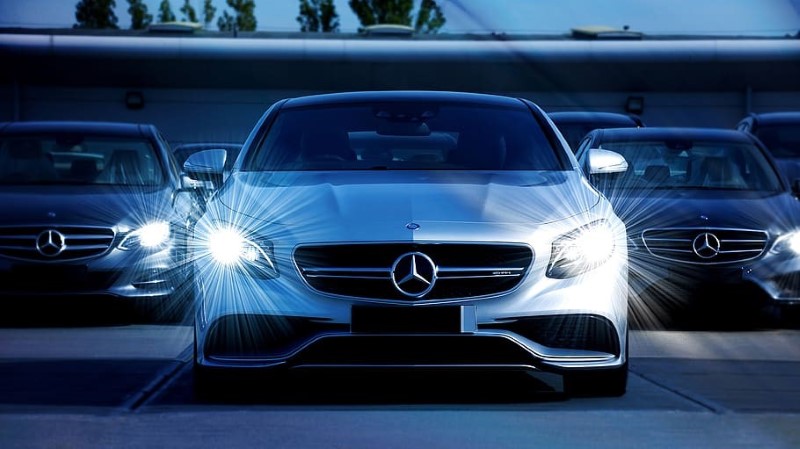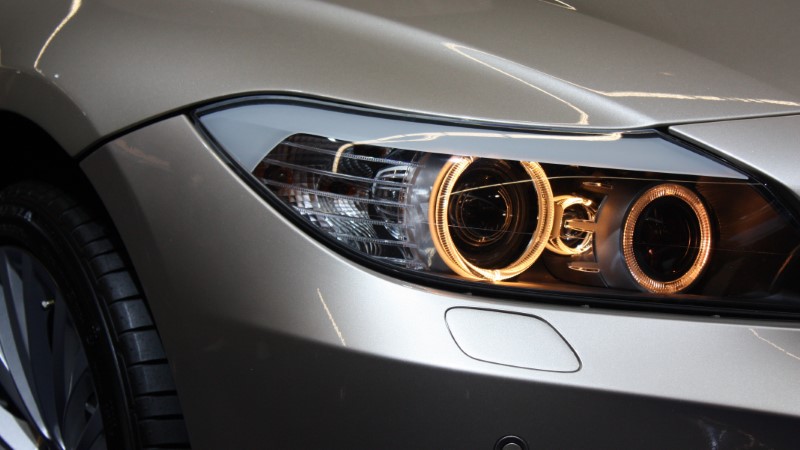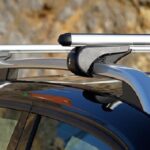Car lights are a set of light devices located on the body of the car designed to provide light when driving at night, in conditions of poor visibility or in bad weather. The main types of car lights are listed below:
Headlights: these are the car’s main lights, located at the front of the vehicle. They provide the majority of illumination when driving at night and consist of a pair of white lights.
Position lights: these are the lowest part of the front headlights and are used to indicate the position of the car when it is parked or is not moving. They are usually orange in color.

Directional arrows: these are flashing lights located on the front and rear of the car and are used to signal the direction of travel when maneuvering such as changing lanes or turning.
Rear lights: these are the lights located at the rear of the car and consist of a pair of red lights. They are used to provide rear lighting for the car and to indicate the car’s position to other vehicles when driving at night.
Reverse light: this is a white light placed on the rear of the car and is used when reversing.
Brake light: this is a red light located at the rear of the car and comes on when you press the brake pedal. It serves to signal to other vehicles that the car is braking.
Hazard lights: these are flashing orange lights located at the front and rear of the car and are used to signal an emergency or breakdown.
Car lights work on electricity supplied by the car battery. Your car’s lighting system consists of various elements, including the battery, switches, fuses, relays and lamps.
How do car lights work?
When you turn on the vehicle with the car key, the battery supplies the required energy for the lighting system. Switches are used to turn the various lights in the car on and off, while fuses are used to protect the lighting system from overloading or short circuits. Let’s see how the system works.
The relay is an electrical component which is used to switch the car lights on and off, also allowing them to be controlled through a separate circuit.

Lamps are the final element of the car lighting system. They convert electrical energy into light energy, allowing you to light up the road when driving at night. There are different types of lamps, each with a different power and duration, depending on your needs.
In general, the car’s lighting system is designed to be reliable and safe, allowing the driver to have a good view of the road when driving at night or in poor visibility conditions. However, it is important to keep your car’s lighting system in good working order by regularly maintaining and replacing bulbs when necessary to ensure maximum safety on the road.
How to deal with lights as spare parts for the car
If your car lights are malfunctioning, it is important to take immediate action to ensure your safety while driving. Here are some tips on what to do if you have problems with your car lights:
Check the lamps
Check the lamps that are not working and see if they are blown or damaged. If so, replace them with new bulbs (auto parts stores are a better choice than hardware stores).
Check Fuses
Check the fuses in your car’s lighting system and replace any blown fuses (these are also commonly found as auto parts).
Check Switches
Check your car’s light switches and make sure they’re in the correct position.
Check the relay
If the lamps do not turn on when the switches are flipped, it may be necessary to check the relay and replace it if necessary (this is also among the car parts).
Check the battery
Check the car battery and make sure it is charged and in good condition.
Contact a professional
If you can’t fix the problem on your own, contact a mechanic or auto electrician to diagnose and repair your car’s lighting system.
In any case, it is important not to overlook problems with the lights on your car, as reduced visibility while driving can increase the risk of an accident.
Can the lights themselves be considered as spare parts for cars?
Car lights cannot be considered a spare part for cars in the traditional sense of the word, as they are not a mechanical component that wears out or breaks down over time. However, the bulbs can still be replaced periodically to ensure good lighting in the car and greater safety while driving.
Car lights are considered disposable parts, meaning parts that have a limited life and may require periodic replacement to ensure they function properly. The frequency of bulb replacement depends on several factors, including the type of bulbs installed in the car, their usage and driving conditions.
In general, it is always advisable to periodically check the condition of the car’s lights and replace any bulbs that are malfunctioning. In this way, you can ensure better visibility while driving and greater safety for yourself and other motorists on the road.














